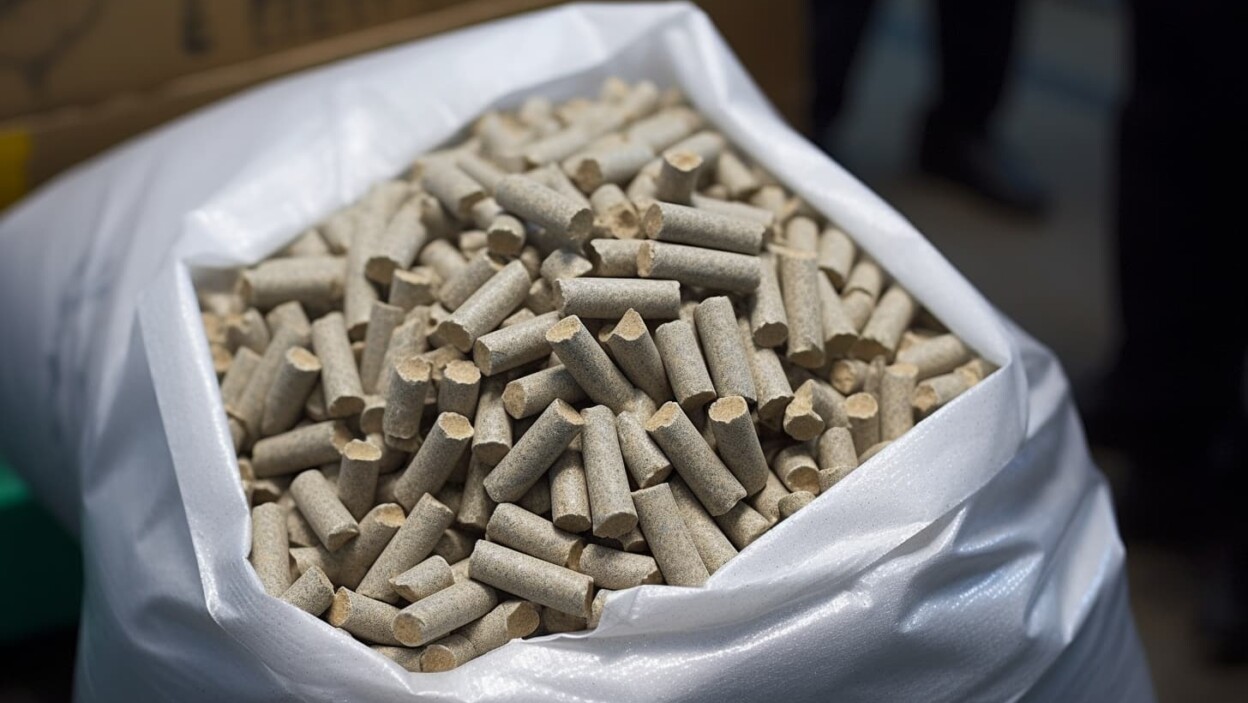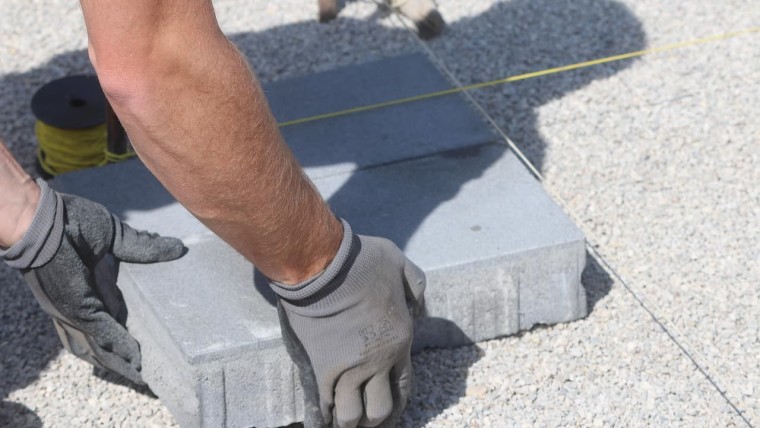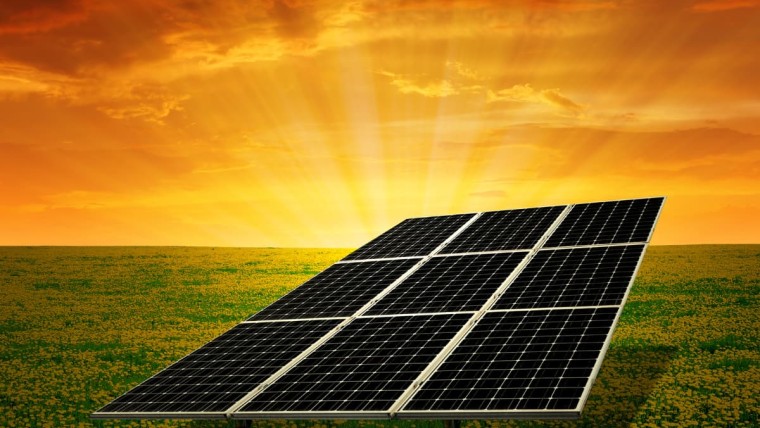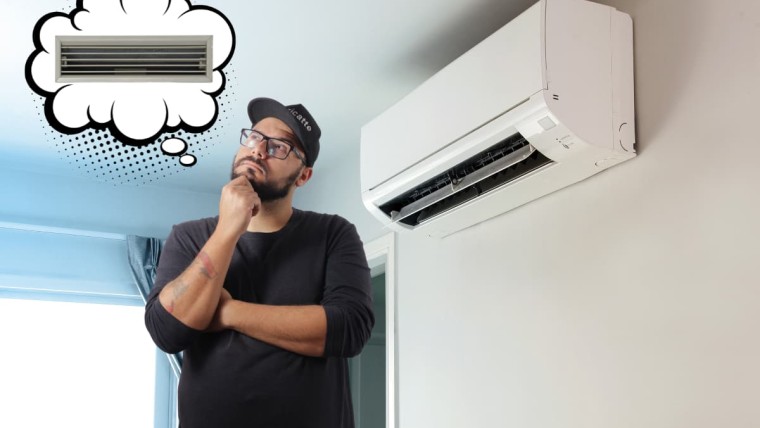Combining energy savings with respect for the environment, the pellet-fired boiler is an attractive alternative to gas- and electricity-fired appliances. But is the equipment cost-effective? And more specifically : How many pellets are needed to heat a 100 m² house? ? And incidentally, how many bags of pellets do you need to get through the winter? warm? Find out in this practical guide.
What is the average pellet consumption for a 100 m² house?
Average annual pellet consumption depends not only on the size of your home, but also on a number of other factors, such as the quality of your home's insulation, the quality of the pellets you use, the performance of your pellet heating system, and so on. You also need to take into account the intensity of pellet stove use, and the type of use (supplementary heating or main heating). Let's take a closer look.
Supplementary heating: how much pellets do you need?
Many people use their pellet stove primarily as an auxiliary heater, to provide extra comforting warmth on cold winter days, or simply because they enjoy the cosy, cocooning feel of the flames in the evening. In this case, expect an average consumption of around 1 kg of pellets per hour.
If you use a combination of different heating systems and have, for example, oil, gas or electric central heating, your pellet stove can be used to heat your home on an occasional basis. This is particularly useful during mid-season, when relatively mild temperatures make it unnecessary to use your main heating system. In this case, you could switch on your pellet stove for up to 15 hours a day on the coolest days of spring and autumn. Estimated consumption? Around 15 kg of pellets per day for a 100 m² house.
How much pellets do you need for main heating?
More and more of us are using pellet stoves as our main daily heating mode, out of concern for both economy and the environment. Your pellet consumption will fluctuate with the seasons, with a peak in winter estimated at almost 2 kg of pellets per hour, for an average of at least 15 hours per day. This may seem like a lot, but you need to take into account the warmer seasons when your consumption will be zero, or at least very minimal.
When used as the main heating source, a pellet boiler requires an average of 2 tonnes of pellets per year to heat a 100 m² house. This is equivalent to around 2 pallets of 72 bags of pellets, each weighing 15 kg, representing a budget of just under 600 euros a year (based on an average price per kg of pellets of just under €0.30). This works out at an average of two and a half bags of pellets a week. Compared with electric, oil or gas heating, wood pellet heating is probably the least expensive option on the market.
How much pellets do I need, depending on the size of my home?
It's hard to give precise figures because so many factors come into play apart from the surface area of your home, but here's a rough idea:
- Pellet consumption for a 70 m² house You will need about 1.5 tonnes of pellets per year;
- Pellet consumption for an 80 m² house For a complete list of pellet sizes: 1.6 to 2 tonne(s) of pellets per year;
- Pellet consumption for a 90 m² house The annual production is around 2 tonnes of pellets;
- Pellet consumption for a 120 m² house Annual production: around 2.5 tonnes of pellets;
- Pellet consumption for a 140 m² house Approximately 3 tonnes of pellets per year;
- Consumption of a pellet boiler for a 200 m² house more than 4 tonnes of pellets per year.
These figures assume that your home is insulated to current standards, and are likely to vary depending on a number of factors: pellet stove usage time, temperature, stove power, pellet quality, etc.
On another note, many users ask themselves the following question: how long does a 15 kg bag of pellets last ? Assuming that the average consumption of a pellet boiler is 1 kg per hour, a 15 kg bag of pellets will last an average of 15 hours.
How many bags of pellets do you need for one winter?
Depending on the size of your home and other related factors, your pellet stove can require, on average, 2 to 5 tonnes of pellets per year, which corresponds to 130 to 350 15 kg bags of pellets for one winter.
How can I optimize my pellet consumption?
The pellet consumption of your pellet boiler can be optimized, even in very cold weather. The first thing to do is to correctly size the heating equipment, with a power rating suited to the size of your home and your needs: for a 100 m² house, a pellet stove with a power rating of 6 to 9 kW is generally sufficient.
Next, consider regulating the heating in your home by installing a timer. This will enable you to plan when you want to switch on your stove and set the desired temperatures. Remember also to adjust the temperature to 17°C at night, and 19°C during the day (above 20°C ambient temperature, each degree leads to an extra consumption of nearly 7 % according to ADEME estimates). And don't forget to turn down the heating in unoccupied rooms. In addition to saving energy, these settings will ensure optimum thermal comfort.
Another tip When it comes to heating your home, we recommend long, regular heating periods to avoid major temperature variations, and thus over-consumption of pellets. And when you're away, remember to reduce the temperature in your home to 14°C, or even turn off your pellet stove completely if you're away for a long time.
Does your pellet stove have an eco mode? Don't hesitate to use it to moderate your pellet consumption. Make sure you choose good-quality pellets, ideally slow-burning and complying with current European standards.
In addition, optimum installation of your pellet stove can make a big difference in terms of consumption. Finally, make sure that your home's insulation is up to scratch, otherwise you'll experience heat loss, and therefore increased pellet consumption. Your stove constantly adjusts its output to reach the desired temperature. When heat is lost, pellet consumption naturally increases.
The importance of maintenance for optimum pellet consumption
To maximize pellet combustion and, consequently, the efficiency of your stove, regular maintenance is essential. This means, above all, regularly emptying the ashes and periodically cleaning the appliance to prevent any blockages in the air vents.
The quality of the pellets, or rather their poor quality, generally leads to clogging of these orifices, causing the stove's consumption to skyrocket, without any improvement in efficiency. The solution? Opt for softwood pellets, which tend to produce less ash with better combustion.
What about a connected thermostat to optimize pellet consumption?
Pellet stoves have also undergone technological advances. Recent models can be controlled via a dedicated app or remotely. If you have an entry-level model (or are on a tight budget), you can opt for an external smart thermostat, compatible with most recent models.
The aim here is to enhance user comfort (remote control of the stove, vacation mode, feedback on temperature and consumption, etc.), but also to optimize pellet consumption. According to ADEME, the installation of an adjustable thermostat could reduce pellet consumption by 20 %. All you need to do is install the thermostat in your living areas and program your stove to operate at predefined times.
How many pellets to heat a 100 m² house: what you need to know
Heating your home more cheaply and doing something for the planet at the same time? That's what pellet stoves are all about. For a 100 m² house, you only need 2 tonnes of pellets a year, which is far more economical than heating with oil or electricity.
The secret lies in the insulation of your home, the quality of the pellets and, of course, the way you use the boiler. And to further control your consumption (up to -20 %) and face the winter with peace of mind, fit a connected thermostat if your model doesn't offer one.

Reda T.
Reda holds a PhD in finance and specializes in renewable energy economics. He combines financial expertise with an interest in sustainability, writing not only on the financing of green projects, but also on more general topics and frequently asked questions in this field.






